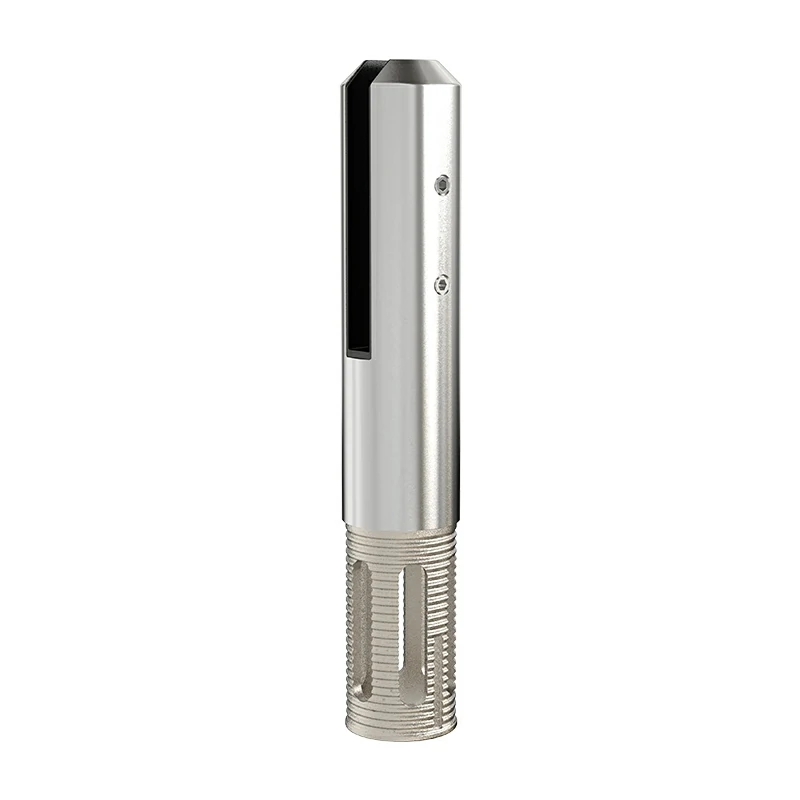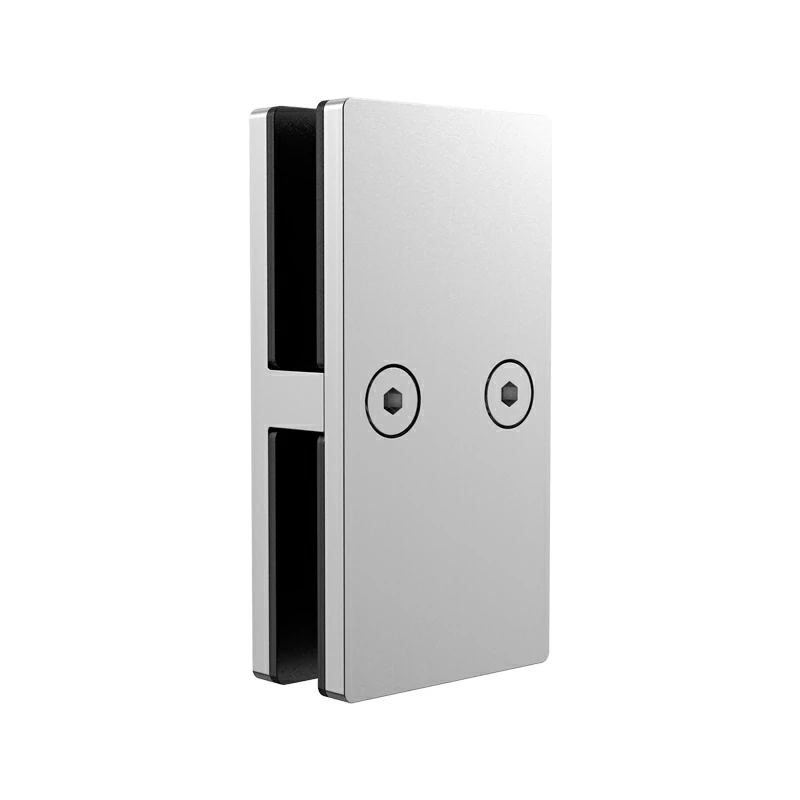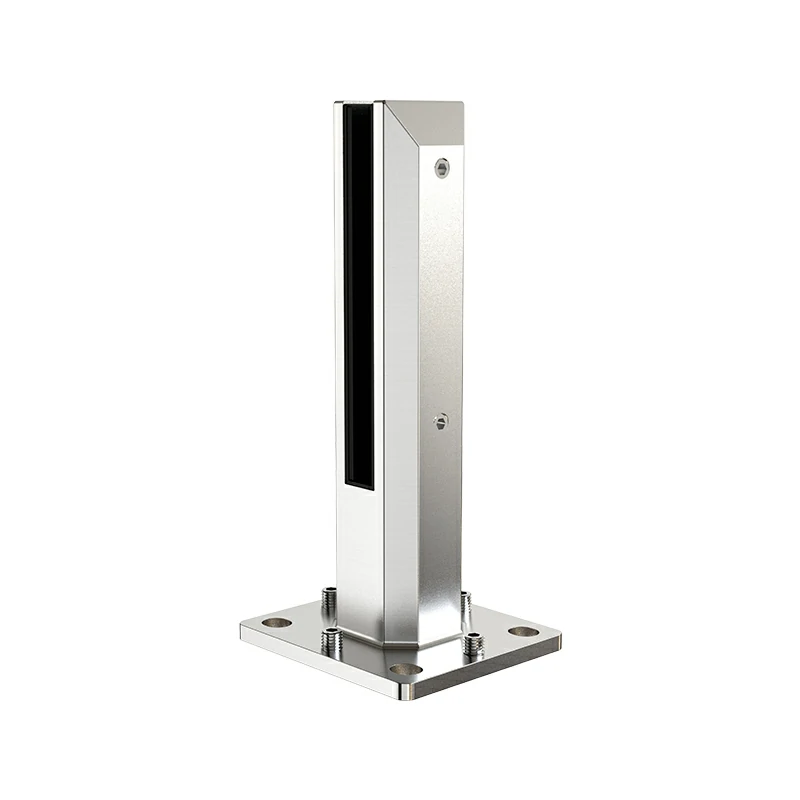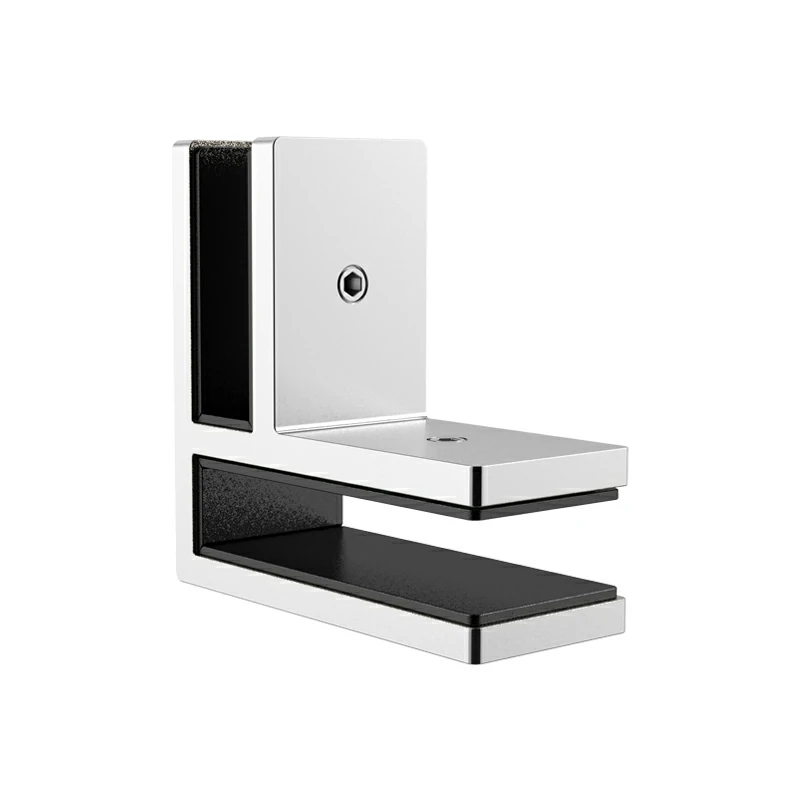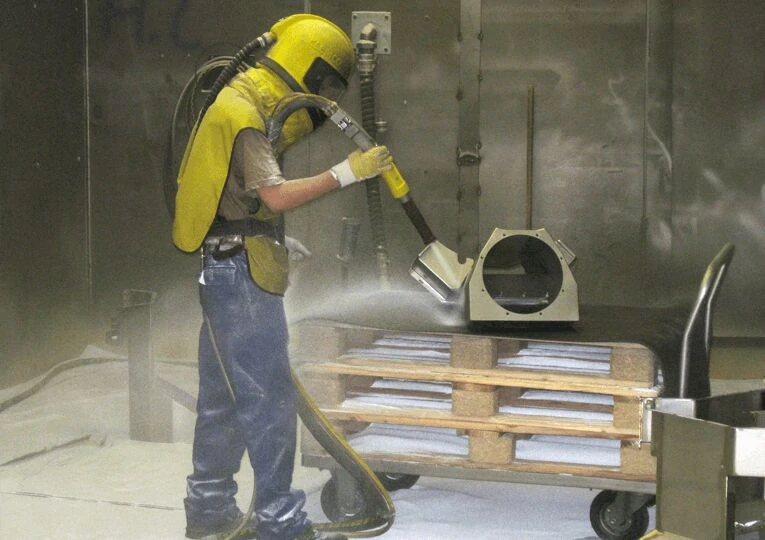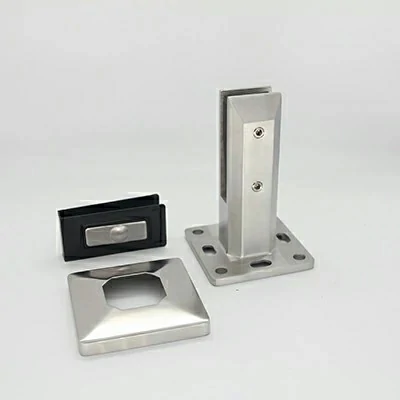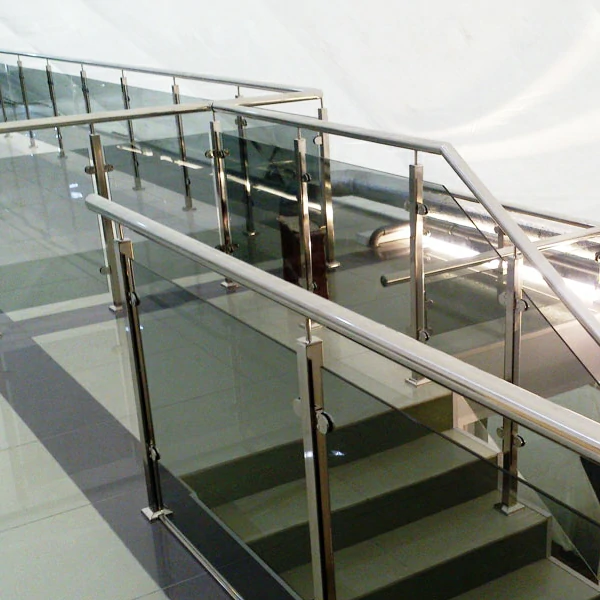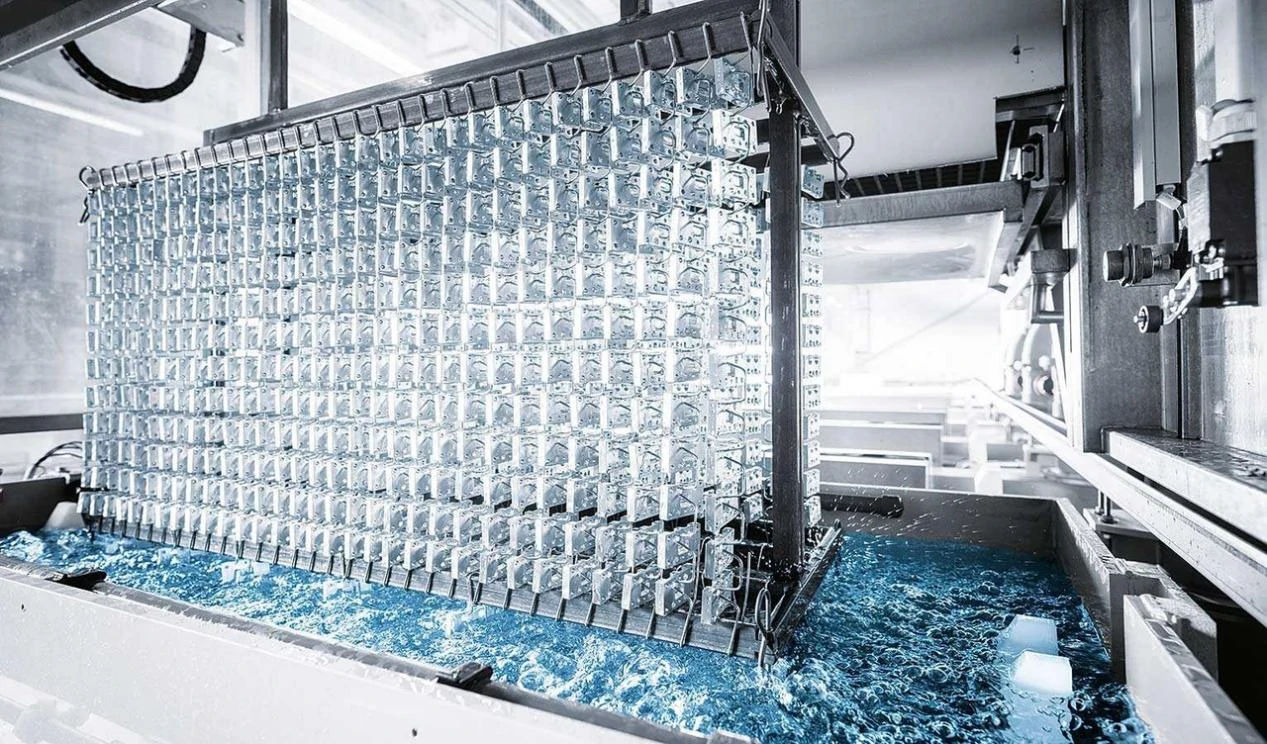
In the world of metal casting, we are often asked the question, “Why is it that some parts made of the same material rust out in a year, while others are as good as new in ten years?” The answer is often hidden in the micron-sized plating that is difficult to see with the naked eye. Electroplating, this seemingly “surface work” technology, is actually the invisible engine of the modern manufacturing industry - it can make the casting corrosion life extension of 10 times, so that the rough surface glows with jewelry luster, and even let the ordinary metal has a conductive, antibacterial and other superpowers.
1. What is Electroplating?
Electroplating (Electroplating) is a process that utilizes the principle of electrolysis to deposit a metal coating on the surface of a metallic or non-metallic substrate. By controlling the current, electrolyte composition, and reaction time, micron to millimeter-sized coatings can be precisely formed, giving the substrate new properties.
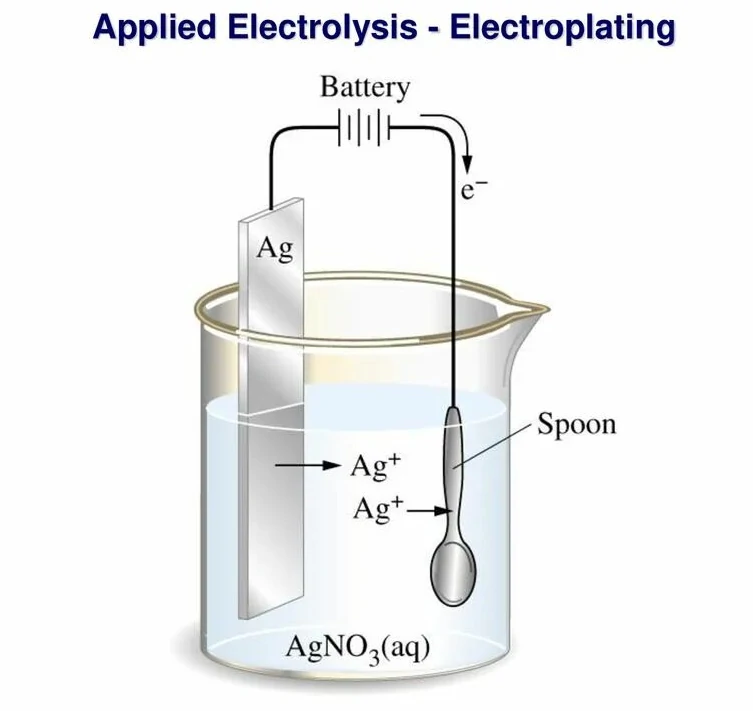
2. How is plating achieved?
The three core elements: Anode: Provides the metal to be plated (e.g. nickel plate, silver ingot). Cathode: Work piece to be plated (e.g. casting, plastic part). Electrolyte: Solution containing target metal ions (e.g. nickel sulfate solution, potassium gold cyanide solution). Reaction principle: after energizing, the anode metal dissolves into ions, which migrate to the cathode surface and reduce into metal atoms, forming a dense plating layer.
3. Plating ≠ single process
Pre-treatment: degreasing, pickling, polishing to ensure the adhesion of the plating layer. Post-treatment: passivation, sealing, coloring, to enhance function and aesthetics.
The four core advantages of electroplating: why casting enterprises must pay attention to?
1. Anti-corrosion: the “longevity code” for castings
Pain point: castings (especially cast iron, aluminum alloy) are susceptible to moisture, salt spray erosion, resulting in performance degradation.
Solution:
Zinc plating / zinc-nickel alloy: sacrificial anode protection, low cost, suitable for outdoor structural parts.
Chemical nickel plating: non-porous uniform plating, acid and alkali resistant, suitable for precision hydraulic valve bodies.
2. Wear-resistant reinforcement: extend the life of critical parts
Pain point: engine block, gears and other castings are prone to wear in a friction environment.
Solution:
Hard chrome plating: surface hardness up to HV 900-1200, friction coefficient reduced by 60%.
Composite plating: embedded with silicon carbide and diamond particles, wear resistance is increased by 3-5 times.
3. Aesthetic upgrade: metamorphosis from industrial product to artwork
Pain point: rough surface and single color of castings, difficult to meet the demand of consumer-grade products.
Solution:
Multi-layer decorative plating: copper + nickel + chrome “sandwich” plating, to achieve mirror luster.
PVD coating: imitation gold, rose gold, gunmetal and other high-end colors, cyanide-free and environmentally friendly.
4. Functional empowerment: unlocking the boundary of material performance
Conductivity: Aluminum alloy castings are silver plated, increasing the conductivity to 90% of pure copper.
Weldability: Copper alloy plated with tin to avoid oxidation and ensure the reliability of circuit board welding.
Electromagnetic shielding: 5G base station shell copper plating, shielding effectiveness ≥ 60dB.
Plating industry applications: cross-border opportunities for foundry companies
Lightweight + anticorrosion: Aluminum alloy die-casting bracket galvanized nickel, instead of traditional steel parts, weight reduction of 40% and salt spray resistance of 1000 hours.
Interior upgrading: zinc alloy door handles are plated with “black chrome”, which is anti-fingerprint and highly wear-resistant.
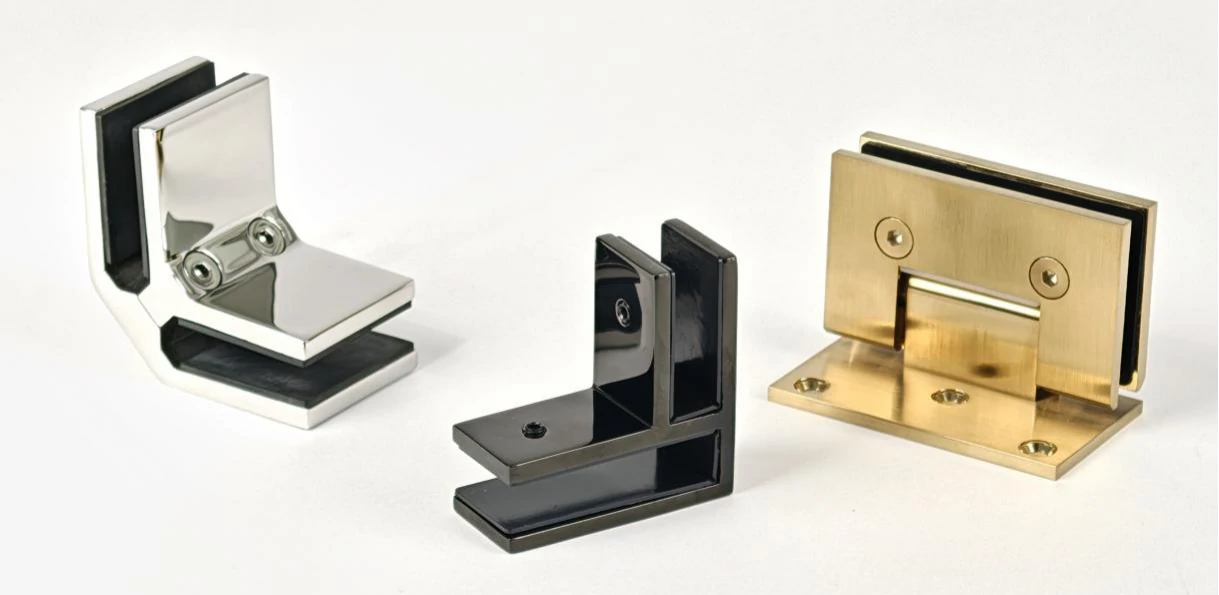
2. Bathroom hardware (stainless steel base material)
Corrosion resistance and ultimate cleanliness: stainless steel base material adopts activation treatment + multi-layer plating process (chemical nickel plating + nano chromium), salt spray test up to 1,500 hours without red rust, the surface of the hydrophobicity is strong, and the rate of limescale adhesion is reduced by 70%.
Color aesthetics and antimicrobial function: Stainless steel surface plated with PVD zirconium nitride (ZrN) plating to achieve high-end colors such as gun black, champagne gold, etc., the hardness of the plating layer reaches HV 1200, and has passed the certification of ISO 22196 (antimicrobial rate>99.9%).
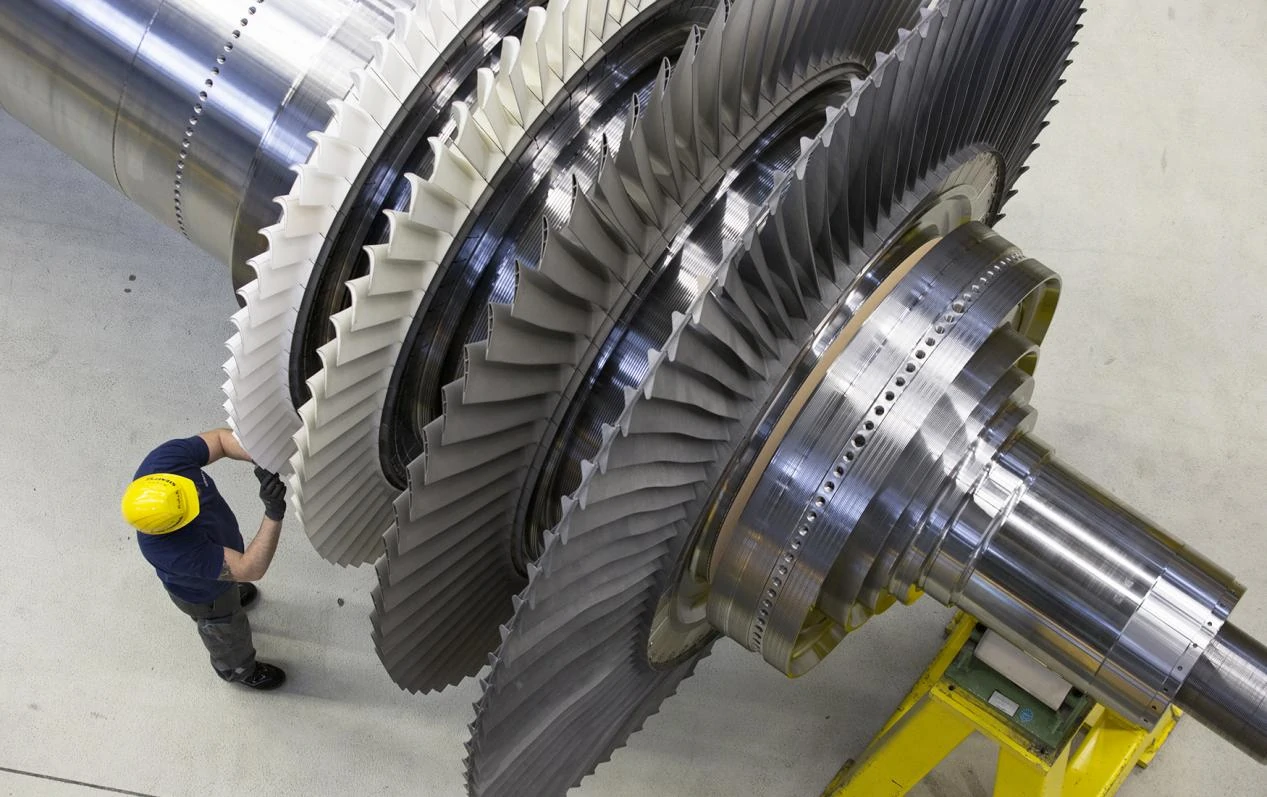
3. Energy and Heavy Industry
Extreme environment protection: Offshore wind power cast iron base is hot-dip zinc plated, with a life span of 30 years.
Anti-temperature oxidation: gas turbine blades plated with platinum aluminum alloy, temperature resistance of 1000℃.
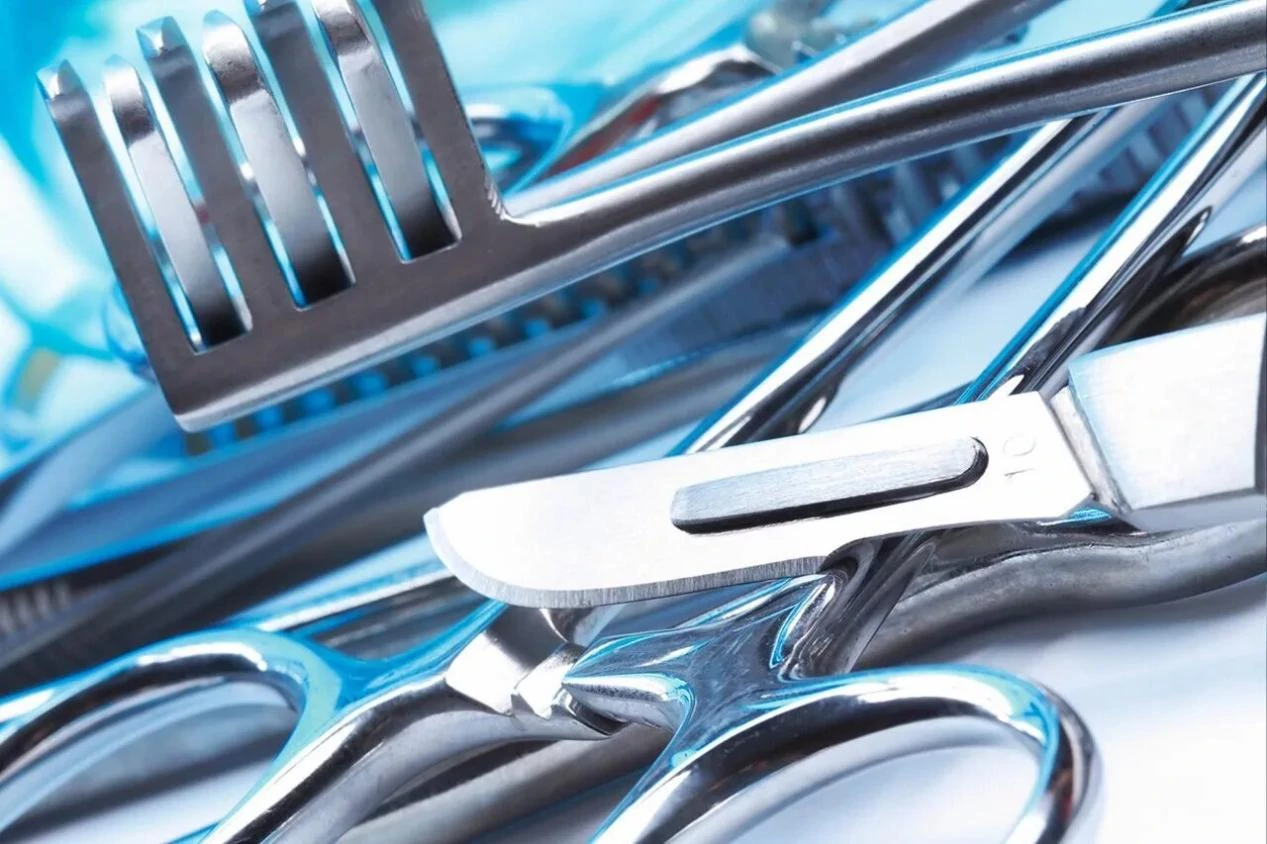
4. Medical & Food
Antibacterial needs: surgical instruments plated with silver ion layer, sterilization rate > 99.9%.
Food safety: food machinery plated with special stainless steel, in line with FDA standards.
How to improve product competitiveness of foundry enterprises with electroplating?
1. Synergistic design: “gene-level” integration of casting and plating
Material matching: high silicon aluminum alloy casting + chemical nickel plating, to avoid the silicon content caused by the plating porosity.
Structural optimization: Reserve plating hanging points to avoid masking effect of complex parts and ensure plating uniformity.
2. Customized plating solution
Sub-area plating: on the same workpiece, hard chrome is plated on the load-bearing area and decorative chrome is plated on the appearance area.
Gradient plating: nickel-copper-nickel structure from inside to outside, balancing cost and performance.
3. Green plating technology: win-win for compliance and cost reduction
Cyanide-free process: silver cyanide plating → silver thiosulfate plating, 50% reduction of wastewater treatment cost.
Circular Economy: On-line recycling system for plating solution, metal utilization rate increased from 60% to 95%.
4. Data-driven quality control
Intelligent monitoring: IoT sensors monitor pH, temperature, and current density in real time to automatically adjust process parameters.
Conclusion
In the metal casting industry, it is difficult to cope with the challenges of the future with a single process. We will continue to work on the “casting + surface treatment” technology ecosystem, with innovation-driven, green manufacturing as the core, and explore the infinite possibilities of metal materials together with our customers. If you have casting or plating needs, welcome to contact us - let every metal product, from inside to outside to show excellence.

